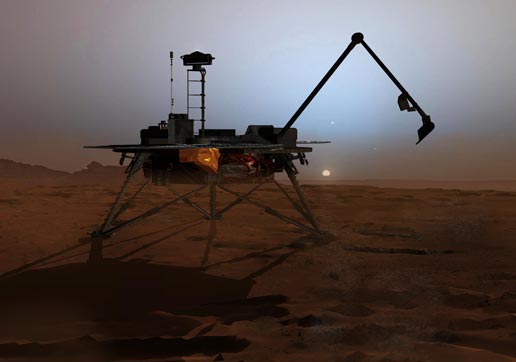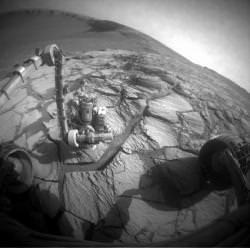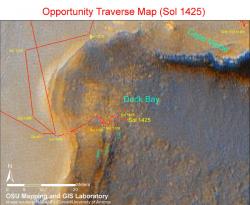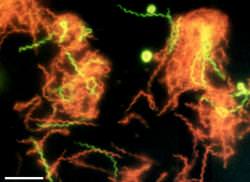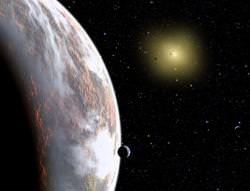Do you think there is life on Mars? Do you think Phoenix will find evidence of it? Now there’s a blog that’s trying to collect a snapshot of the opinions of scientists, amateurs, and everyday people. “Imminent Discovery” thinks Phoenix may find simple life. Finding this evidence will definitely become headlines… If it happens. Is it possible it might have originated from earth? Perhaps from space, like the famous Antarctica meteorite which was believed to contain evidence of life transported here from Mars?
According to Richard Trentman, a Minor Planet Coordinator at Powell Observatory, “The idea of life in some form on other planets, I believe is highly probable. I have studied about the extreme places on this planet where life has been found and many are far more extreme than may be found on Mars and other planets or moons in our solar system. I believe that anyone that thinks life cannot be “out there” has their eyes closed and blinders on.”
Over time, many astronomers have spent a lifetime dreaming of life and formations on Mars like the misguided Slipher: “Some form of vegetation exists. …The evidence is in the blue-green areas and the changes in their appearance. Vegetation would present exactly the appearance shown, and nothing we know of but vegetation could. The season change that sweeps over them is metabolic…” And yet others take more pragmatic views like astronaut Pete Conrad who commented on bacteria surviving on retrieved Surveyor III remains: “The most significant thing we ever found on the whole Moon was that little bacteria who came back and lived an nobody ever said (anything) about it.”
What’s your opinion? Help to update the book “Imminent Discovery, NASA’s Phoenix and the Secret of Life on Mars” in a post-discovery edition with some of these inputs. Please feel free to Post Your Thoughts On The Imminent Discovery of Life On Mars. Responses may be anonymous or you may use initials if you prefer. To make it more interesting, there is a random drawing of all individuals who enter comments to give away one copy of the classic 1962 book by Earl Slipher “Mars, the Photographic Story”, and a competition between astronomy clubs. Have fun!

